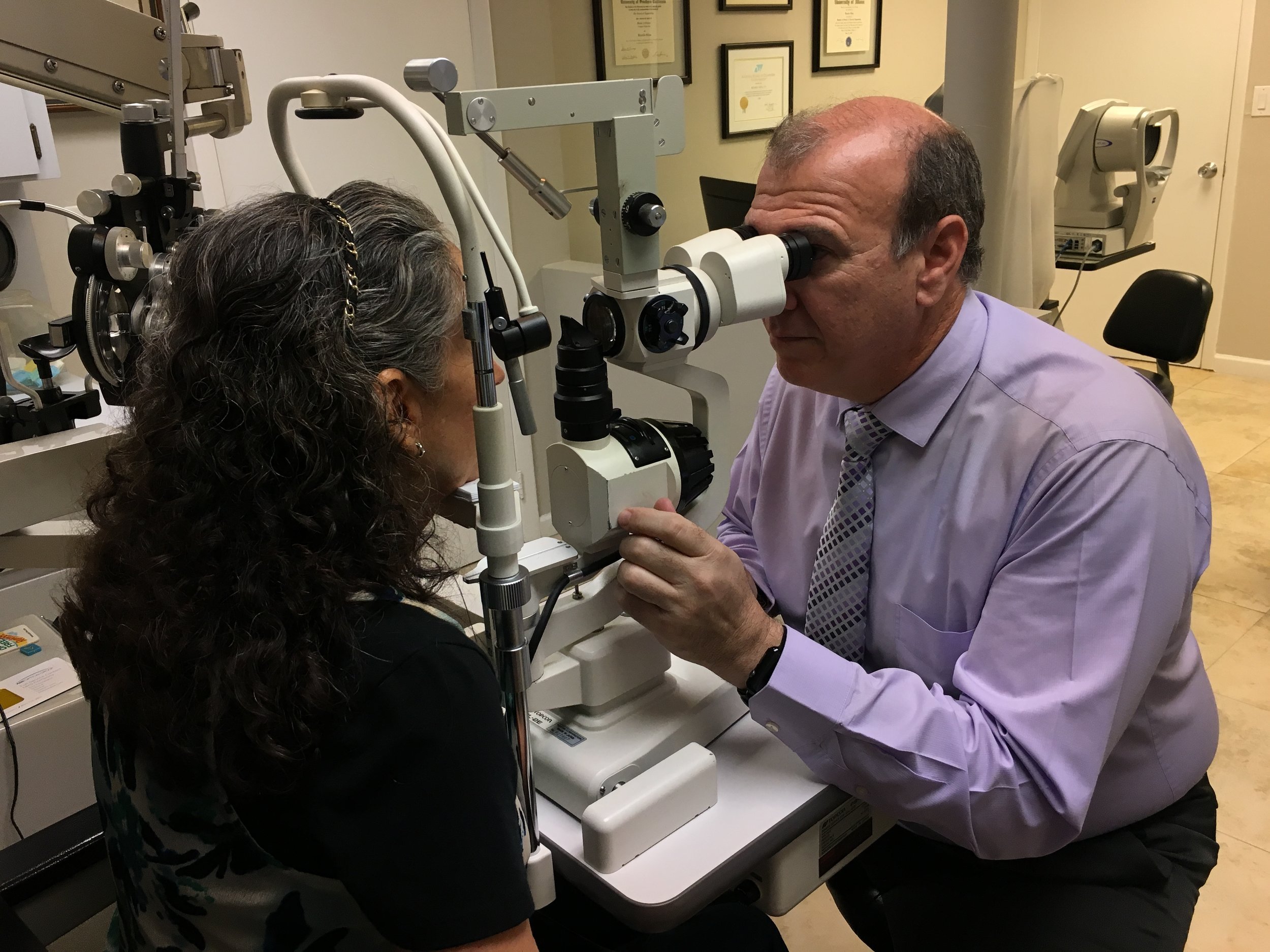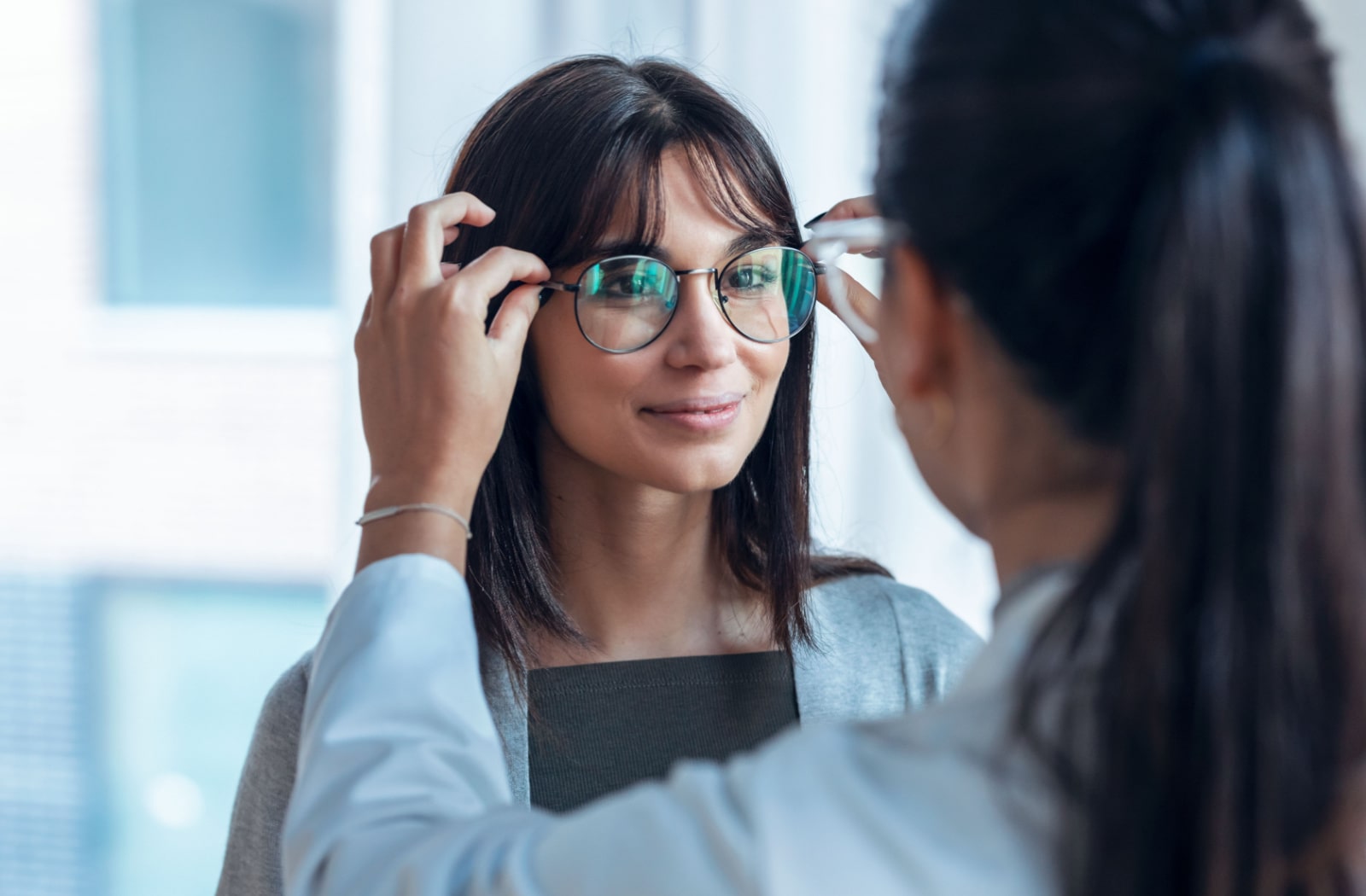Discovering the most up to date Technological Developments in Optometry and What They Mean for Eye Doctors
In the ever-evolving area of optometry, recent technical developments are reshaping how specialists approach eye care. From the precision of Optical Comprehensibility Tomography to the nuanced insights supplied by AI-driven analysis tools, these technologies are setting new standards in person evaluation and therapy. Teleoptometry is positioned to redefine accessibility, making certain that know-how transcends geographical restrictions. As these advancements permeate the technique, optometrists are confronted with the obstacle of embracing these devices to enhance individual end results. The question remains: exactly how will these technical shifts redefine the roles and obligations within the career?
Advancements in Diagnostic Devices
Progressing the area of optometry, innovations in analysis devices have actually transformed the method eye care professionals evaluate and identify visual disabilities and eye problems. The past decade has actually witnessed considerable technological innovations, allowing even more thorough and exact analyses. Optical Comprehensibility Tomography (OCT), for instance, gives high-resolution cross-sectional photos of the retina, enabling the early detection of illness such as glaucoma and age-related macular degeneration. This non-invasive imaging technique has ended up being essential in contemporary optometric method.
Another secret innovation is the intro of innovative corneal topography systems, which map the surface curvature of the cornea with accuracy. These devices are especially valuable for fitting call lenses and diagnosing corneal problems. Digital retinal imaging has changed typical ophthalmoscopy, providing thorough, panoramic views of the retina that help with complete aesthetic exams.
The growth of wavefront aberrometry has actually also been essential, allowing the analysis of refractive mistakes with unparalleled precision (Opticore Optometry). This innovation helps in personalizing restorative lenses and boosting medical results for refractive surgical procedures. Jointly, these diagnostic improvements encourage eye doctors to supply superior client care, guaranteeing early intervention and tailored treatment strategies, eventually enhancing visual health and wellness results
AI in Person Administration
Structure on the structure of sophisticated analysis tools, the consolidation of expert system (AI) in patient monitoring stands for a transformative leap for optometry. AI systems are significantly used to boost effectiveness, accuracy, and personalization in client care. By analyzing substantial quantities of data, AI can identify patterns and forecast prospective ocular problems, allowing optometrists to customize interventions better. This capacity is vital in taking care of persistent eye diseases such as glaucoma and diabetic person retinopathy, where early discovery and continuous surveillance are essential.
In addition, AI-driven platforms assist in streamlined client communications and administrative processes. Automated organizing, digital assessments, and individualized follow-up strategies not only enhance patient contentment but additionally optimize time management for specialists. These systems can triage individuals based on the seriousness of their conditions, guaranteeing that those in important requirement obtain punctual attention.
Moreover, AI enhances decision-making by providing eye doctors with evidence-based suggestions and therapy paths. By incorporating information from digital wellness records, AI devices use insights that educate professional decisions, reducing the risk of mistakes and improving person end results. As AI continues to develop, its function in person monitoring will likely increase, improving the landscape of optometric care.
Breakthroughs in Retinal Imaging
In the world of optometry, retinal imaging has seen remarkable technological advancements that are boosting diagnostic capabilities and patient treatment. Developments such as Optical Comprehensibility Tomography (OCT) and fundus photography have changed exactly how eye doctors envision and analyze the retina.
Enhanced imaging techniques like OCT angiography are additional refining diagnostic precision. Optometrist Chino. Such improvements facilitate the identification of min retinal changes that might symbolize disease progression.
In addition, developments in fabricated intelligence are enhancing retinal imaging by allowing computerized analysis of huge datasets. These systems assist eye doctors in determining patterns a measure of pathology, thereby improving diagnostic precision and performance. Collectively, these developments are transforming retinal imaging right into a foundation of modern-day eye treatment, improving outcomes and broadening restorative possibilities.
Teleoptometry's Growing Function
Teleoptometry is increasingly becoming a vital part of eye treatment, driven by improvements in electronic communication and diagnostic devices. This is particularly beneficial in rural and underserved areas where accessibility to specialized eye treatment is typically restricted.
The combination of expert system (AI) more enhances teleoptometry, enabling the evaluation of visual information and assisting in the detection of eye problems such as glaucoma and diabetic retinopathy. AI-powered formulas can quickly interpret complicated imaging data, giving optometrists with beneficial insights straight from the source that strengthen scientific decision-making.
Additionally, teleoptometry supports connection of treatment with smooth integration with digital health documents (EHRs), allowing optometrists to keep extensive patient histories. This ensures that individuals receive constant and customized treatment even when speaking with different experts.
In spite of these benefits, difficulties stay, including ensuring information safety and managing person expectations. However, teleoptometry stands for a significant stride towards even more available, reliable, and patient-centered eye care. As innovation advances, its duty is poised to expand further.

Future Patterns in Eye Care
A myriad of ingenious patterns is set to reshape the future of eye treatment, driven by technical innovations and the evolving needs of patients. One substantial trend is the integration of synthetic knowledge (AI) in diagnostics, which guarantees to boost the precision and effectiveness of eye evaluations. AI formulas can analyze vast amounts of information from retinal photos, possibly finding conditions like diabetic retinopathy and glaucoma earlier than typical approaches.
In addition, tailored medication is acquiring grip in optometry, with hereditary testing informing customized treatment strategies. This technique intends to maximize individual end results by tailoring interventions to specific hereditary profiles. Wearable technology, such as wise contact lenses, is also coming up, supplying real-time surveillance of intraocular stress or glucose levels, therefore providing continuous insights right into systemic and eye health and wellness.
The adoption of increased truth (AR) and virtual truth (VIRTUAL REALITY) in training and client education is another emerging trend. These innovations offer immersive experiences that can improve understanding and abilities both for clients and eye doctors. As these trends progress, eye doctors should remain abreast of technological innovations to give sophisticated treatment, ensuring improved patient outcomes and contentment in the dynamic landscape of eye care.
Verdict

Jointly, these analysis developments equip optometrists to provide superior patient treatment, making certain very early intervention and customized treatment strategies, inevitably enhancing visual wellness results.

As these modern technologies proceed to develop, eye doctors have to adapt and incorporate them into method, ultimately enhancing operations efficiency and raising the requirement of eye treatment supplied to patients.